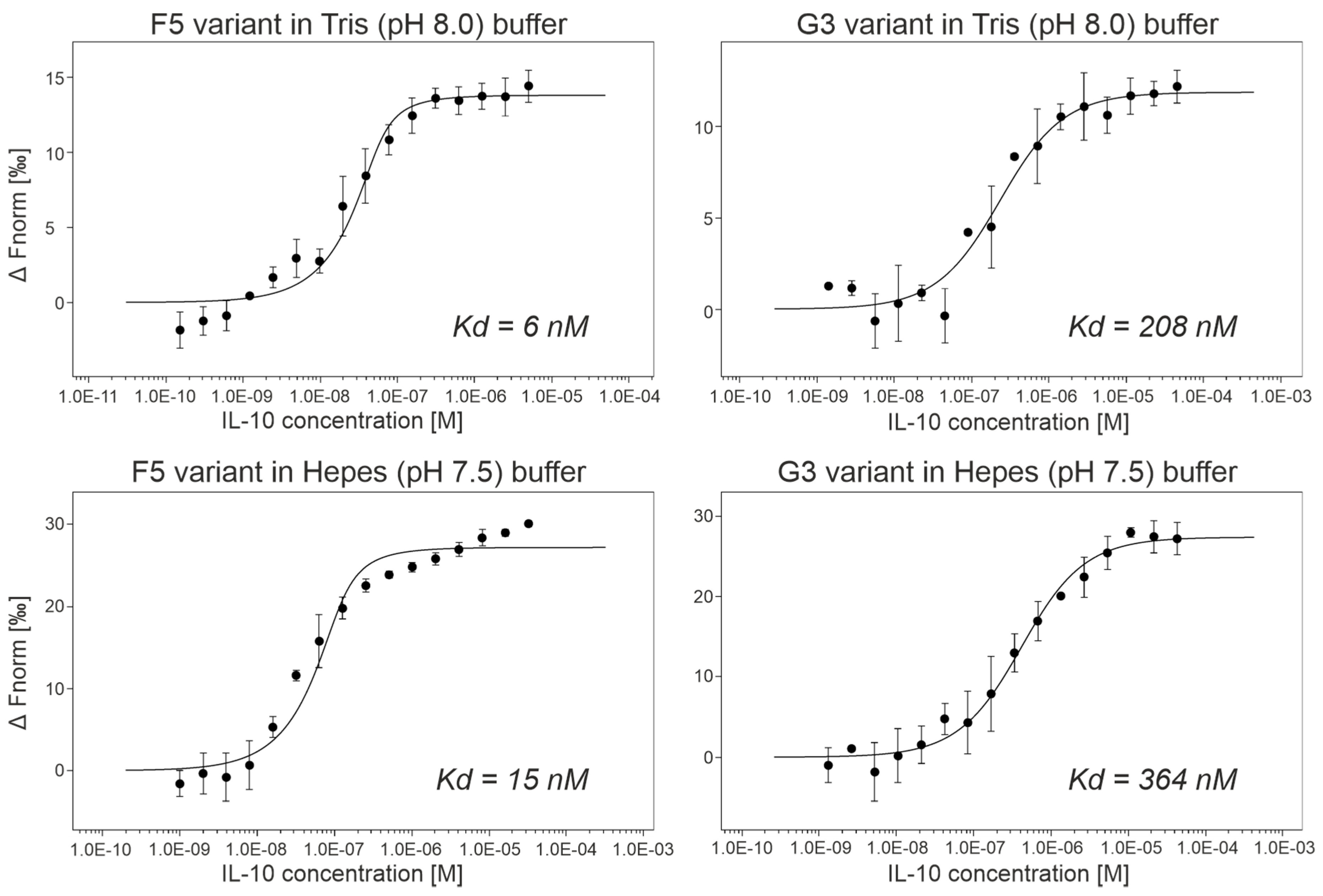

Over the last decade, focus has shifted towards large-scale studies of genomes and transcriptomes, the latter as surrogates for cellular proteomes. Our understanding of biological processes at the cellular level has been underpinned by the traditional disciplines of genetics, biochemistry, and molecular biology. This could ultimately lead to the development of faster and more efficient diagnostic, imaging and therapeutic tests. It can also be used alongside a new technique called ‘super-resolution microscopy’ that allows researchers to watch the activity of individual molecules.įuture challenges are to test the Affimer in even more applications and to encourage its wider use by researchers, alongside other alternative binding proteins, as as replacements for some antibodies. show that an Affimer can help to reveal how a particular molecule works within a cell, to create detailed pictures of molecules in cells and tissues, and to identify a tumour. The results of the tests show that the Affimer behaves in the same way as antibodies, and sometimes works more effectively. have now tested how well the Affimer works in a wide range of different experiments that normally use antibodies to analyse the amount of a particular molecule inside a cell. These proteins are much less complicated and can be developed more quickly than antibodies, and can easily be adapted for a variety of uses.Īn alternative binding protein called an Affimer behaves in a similar way to an antibody by binding tightly to its target molecule, but is much more stable to acidity and high temperature. So scientists have developed “alternative binding proteins” that can be made in the laboratory. For example, it can be difficult to make identical batches of antibody that always behave in the same way.


The antibodies used in experiments are purified from animal blood, but this method of producing antibodies has flaws. The body produces antibodies in response to an infection. As well as being useful tools in experiments, these antibodies can be used to help identify and treat diseases. So, scientists use large complex proteins called antibodies that bind to these molecules to detect whether they are present and show where they are in a cell. Many of the molecules that are essential for life are too small to be visible inside cells. This work shows that Affimer proteins, as is the case for other alternative binding scaffolds, represent complementary affinity reagents to antibodies for various molecular and cell biology applications. We selected 12 diverse molecular targets for Affimer selection to exemplify their use in common molecular and cellular applications including the (a) selection against various target molecules (b) modulation of protein function in vitro and in vivo (c) labelling of tumour antigens in mouse models and (d) use in affinity fluorescence and super-resolution microscopy. Here we report on the use of Affimer proteins as research reagents. Antibodies remain the most widely used of such reagents and many show excellent performance, although some are poorly characterised or have stability or batch variability issues, supporting the use of alternative binding proteins as complementary reagents for many applications. Molecular recognition reagents are key tools for understanding biological processes and are used universally by scientists to study protein expression, localisation and interactions. Research Complex at Harwell, STFC Rutherford Appleton Laboratory, United Kingdom.The Pirbright Institute, United Kingdom.


 0 kommentar(er)
0 kommentar(er)
